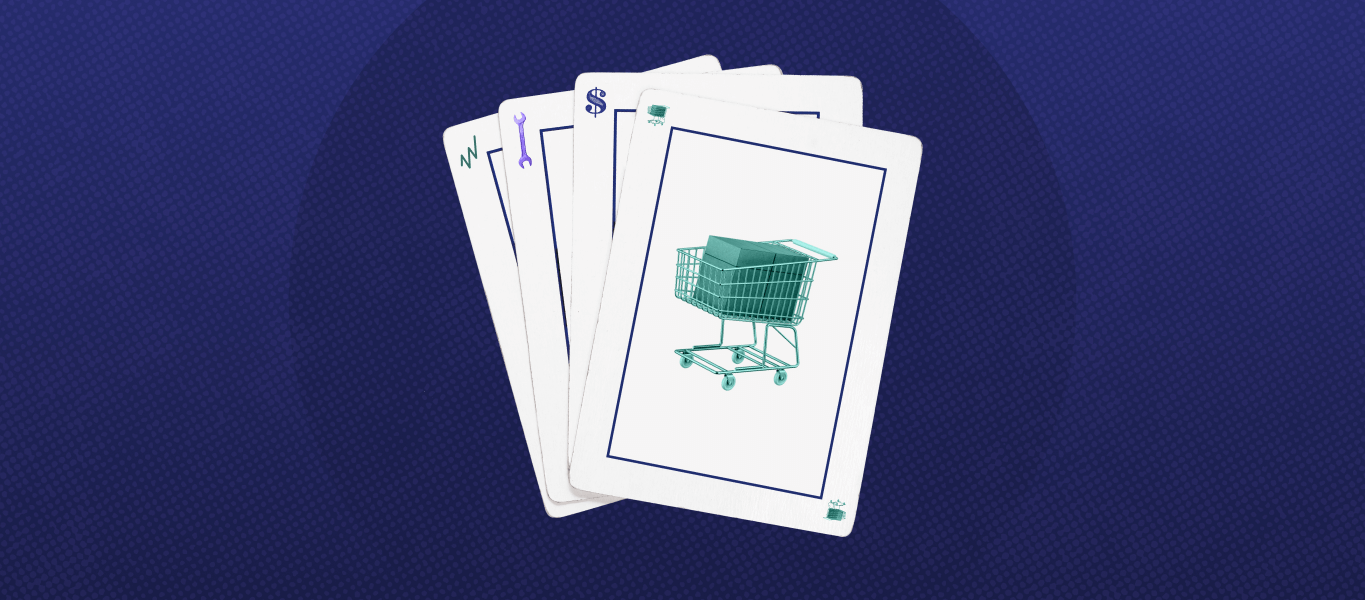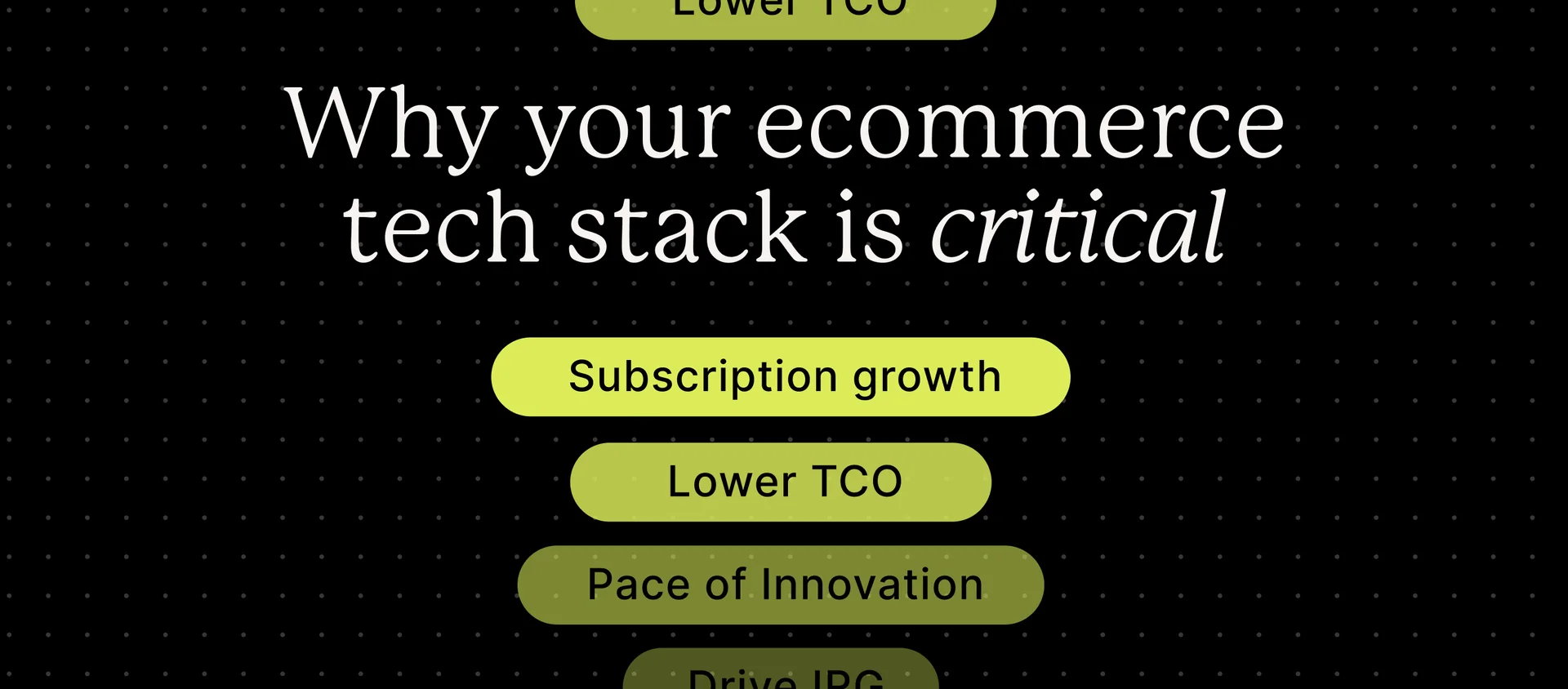For many merchants interested in the subscription model, there’s no better investment than a subscription management solution. These software solutions involve a curated assortment of different tools and features that work together to automate and optimize key subscription processes.
But in order to better understand the impact that these solutions can have, it’s important to first understand the functionalities they typically offer.
In this blog series, we’re breaking down everything you need to know about subscription management. We’ve already gone over the five different types of subscription management solutions and the secret to ecommerce integrations; in this post, we cover the most common elements of a subscription management solution.
For more in-depth information on managing subscriptions, download our free ebook, A Merchant’s Guide To Subscription Management.
Core elements of a subscription management solution

In order to ensure that every aspect of a merchant’s subscription works together in harmony, subscription management solutions typically offer five main functionalities: subscription billing, merchant tools, shopper tools, analytics tools, and payments tools. Each of these categories is made up of several important functions, all working together to create a seamless customer experience.
Different solutions may focus on these functionalities to varying degrees. Some may even offer additional functionalities beyond these five—for example, an email marketing tool.
Regardless of the solution you choose, it’s important to find one that strikes the right balance for your subscription business and focuses on the areas that matter most for you and your customers.
Subscription billing
If recurring revenue is the heart of a subscription-based business, subscription billing is the heart of a subscription management solution. First and foremost, these functionalities include a recurring billing engine for merchants to automate the process of charging customers. Options for pricing customizations, like customer discounts, should also be included to give merchants flexibility over the recurring payments experience.
Base-level tax and shipping capabilities also fall under the subscription billing umbrella. These features are especially important for businesses who offer physical products, like curated subscription box companies. However, for businesses with more complex tax and shipping needs, it may be necessary to invest in integrations that build out more robust functionality here.
Merchant tools
Merchant tools are administrative functions that are only seen by the business, not the subscriber. This should include an admin portal, or merchant portal, that allows the brand to manage subscriptions for customers behind the scenes—crucial for customer support.
Merchant tools should also include a suite of platform-independent APIs and documentation around them. Finally, they should empower merchants to create workflows that solve for a variety of customer use cases—again, always putting the customer experience first.
Shopper tools

Shopper tools are customer-facing features that subscribers can use to manage their own orders. One of the most important shopper tools is the customer portal, which is seen by the customer when they log in to their account. Through the customer portal, subscribers should be able to view their order history and make changes to their orders for a seamless customer experience.
Transactional SMS functionalities also fall under the shopper tools category. With transactional SMS, customers can update their orders with a quick text message, rather than having to log in to their account. Studies have shown that this strategy can increase customer lifetime value (LTV) by up to 30%.
Additional shopper tools can include tools that allow customers to add one-time products to their orders (cross-selling), edit their subscription information (including skipping or rescheduling an order or swapping products within an order), and enable additional communication for customers, such as email notifications about upcoming orders.
Analytics tools
Like merchant tools, analytics tools are only seen by the merchant, not by customers. They can play a crucial role in informing a brand’s business strategy by measuring success and return on investment. Typically, analytics tools will include an overview of the merchant’s revenue, including tools for revenue planning and views for key performance indicators (KPIs).
Depending on the subscription management solution, analytics tools can also include breakdowns of the merchant’s customer base to aid in retention efforts, or breakdowns of product SKUs and variants to optimize inventory management. They may also include tracking tools to see how customers are interacting with their subscriptions or engaging with the brand across different media channels.
Payments tools
As opposed to subscription billing tools, payments tools focus on payment processing, security, and logistics, making sure all of these elements are working together smoothly behind the scenes. They may include payment processor support and payment method support, or security functions such as secure payment vaulting.
Payments tools can also help merchants retain customers through efforts to prevent involuntary churn (where customers end their service with a merchant without actively canceling) due to payment failures. A subscription management solution might give merchants the option to send customers notifications when their credit card on file has expired, or retry failed payments behind the scenes for customers, as part of its payment tool functionality.
Every solution strikes a different balance
While most subscription management solutions will cover each of these five categories, they can vary in their focuses. No one balance is objectively better than others for all merchants. Instead, it’s important to consider your own unique needs, do your research on the nuances of your potential vendors, and find the best possible match for your business and customer base.
Once you find a solution that strikes the right balance for your brand, the impact—increased monthly recurring revenue (MRR), LTV, average order value (AOV), retention, and customer satisfaction—can be monumental.
Interested in learning more about the different types of subscription management solutions? Download A Merchant’s Guide to Subscription Management for free today.



